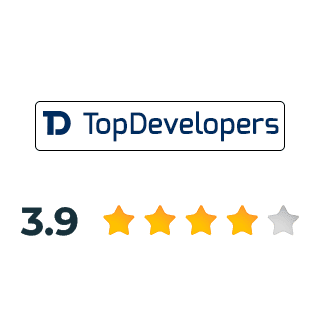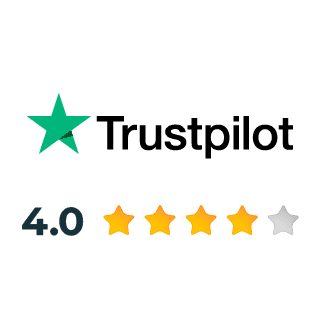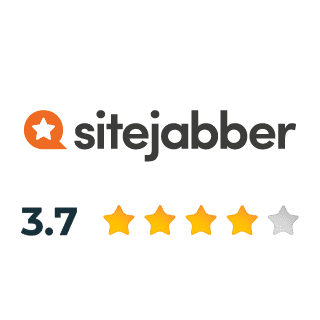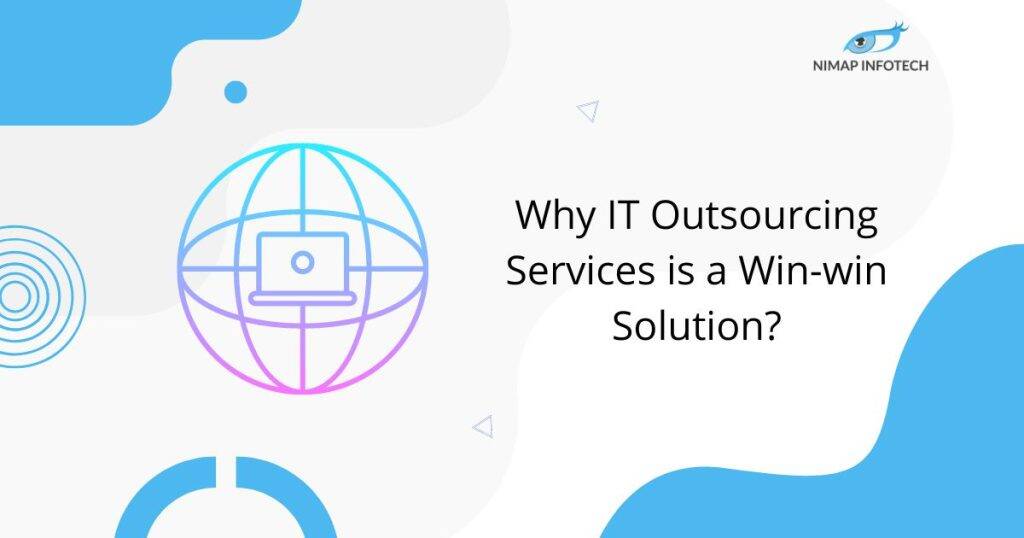Application Modernization
24/7 Dedicated Modernization Support
7 Days Risk-Free Trials
Fast Onboard, Only if Satisfied
Save 40% On Development Cost & Time
Proven Track Record
Global Clients
We Have Completed
Strong Developers
Stay Ahead of the Curve with Agile Application Modernization
As businesses evolve and embrace digital transformation, modernizing outdated systems is critical to staying competitive. Our agile application modernization services empower you to optimize legacy applications, integrate the latest technologies, and enhance performance—all while reducing costs and improving user experience.
Let us help you seamlessly transform your applications and take your business to the next level with speed and efficiency.
- Upgrade legacy systems in just 45 days with built-in scalability.
- No need for an in-house CTO or costly IT resources—we handle it all.
- Guaranteed 100% functionality, reliability, security, and privacy.
- Cut IT costs in half compared to managing your own team.
Accelerate your digital journey with NIMAP’s Agile Application Modernization!
Our Global Clients











Our Startup Clients








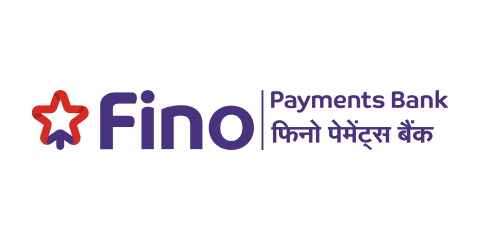


Our Enterprise Clients






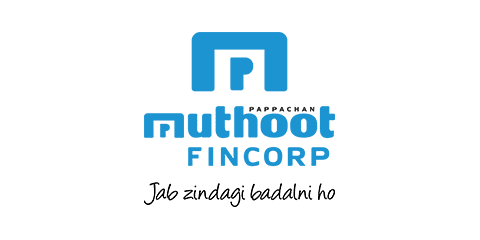












Upgrade Your Legacy Systems Quickly!
Transform Your Outdated Applications In 45 Days With Enhanced Performance & Lower Costs.
Top Advantages of Modernizing Your Applications
Gain a Competitive Edge
Seamless Cloud-native Transition
Enriches User Experiences
Robust Security & Compliance
Increase Revenue Streams
Stay Relevant & Future-proof
Key Steps to Build a Successful Application Modernization Strategy
Assessment and Discovery
- Conduct a comprehensive evaluation of legacy systems to analyze architecture, performance, and limitations.
- Identify technical debt and areas for optimization to align with business goals.
- Determine the best modernization approach—rehosting, refactoring, re-architecting, or rebuilding—for maximum efficiency.
Execution and Modernization
- Implement modernization using cutting-edge technologies like cloud computing, AI, ML, and microservices.
- Migrate applications to secure, scalable platforms such as AWS and Azure, reducing costs and enhancing performance.
- Ensure minimal downtime with a carefully orchestrated migration process, including code optimization and infrastructure transformation.
Strategic Planning and Roadmap Development
- Design a customized modernization roadmap aligned with business objectives and technical requirements.
- Define timelines, resource allocation, and risk mitigation strategies to ensure a smooth transition.
- Prioritize critical business functions to minimize disruptions and maximize value.
Optimization and Continuous Improvement
- Monitor application performance to ensure optimal functionality, security, and scalability.
- Apply regular updates, performance tuning, and security patches to future-proof applications.
- Provide ongoing support and maintenance to adapt to evolving business needs and market demands.
Application Modernization Responsibilities
Business Owners
- Define clear objectives and expectations for modernization.
- Work closely with IT and development teams to align the upgraded application with business needs.
IT Teams
- Assess existing applications and infrastructure to identify areas for improvement.
- Collaborate with development teams to design a scalable, future-ready architecture.
Development Teams
- Implement the modernization strategy by designing and building the upgraded application.
- Ensure adherence to security, compliance, and performance standards.
Quality Assurance Teams
- Test the modernized application for functionality, security, and performance.
- Work alongside developers to identify and resolve bugs before deployment.
End Users
- Provide valuable feedback to ensure the modernized application meets user needs.
- Collaborate with project managers and developers to suggest improvements.
Project Managers
- Oversee the entire modernization process, ensuring timely and budget-friendly execution.
- Act as the bridge between stakeholders, ensuring alignment and satisfaction.
Reimagine Your Applications for the Digital Age!
On-demand Software Experts in 60 Mins | 0% Developer Backout Policy | Multiple Industry Expertise | 40+ Time-zone Support

Legacy Application Modernization Services: Types & Solutions by Nimap
Discover our range of Legacy Application Modernization Services to boost your business –
Rehosting
Rehosting, commonly known as “lift and shift,” is the process of transferring an application from its existing environment to a new environment without modifying its code or design. This method can assist in swiftly updating apps, but it may not be the most effective method for enhancing application performance.
Refactoring
Refactoring is the process of modifying an application’s code to improve its structure, design, and operation while keeping its fundamental features unchanged. This method can aid in the reduction of technical debt while also improving application performance, scalability, and maintainability.
Rebuilding
Rebuilding involves completely redesigning an application using contemporary technology and architecture. This method can assist in overcoming the restrictions of older systems, improving application performance, and enabling the adoption of new features and capabilities.
Microservices Architecture
Microservices Architecture requires dividing a single, large program into smaller, autonomous services that connect with one another using APIs. This method can help improve application scalability, flexibility, and resilience while also allowing for speedier deployment of new features and capabilities.
Containerization
Containerization is the process of combining an application and its dependencies into a single container that can be deployed and operate reliably across several environments. This method can aid in the portability, efficiency, and scalability of applications.
Cloud-Native Development
Cloud-Native Development involves creating apps that are optimized for deployment in cloud environments. This method can aid in the improvement of application performance, scalability, and reliability, as well as the reduction of time-to-market for new features and capabilities.
API-first Approach
The API-first Method involves designing the API of an application before the user interface and creating the application around the API. This method can help improve application flexibility, scalability, and agility, as well as facilitate integration with other applications and services.
Automation & Testing
Automation and testing comprise the use of automated tools and processes to test and validate the functionality, performance, and security of an application. This method can help to improve application quality, shorten time-to-market, and reduce the risk of errors and vulnerabilities.
Accelerate Growth With Nimap's Advanced Application Modernization Services in Mumbai
At Nimap Infotech, we offer expert-driven Application Modernization Services in Mumbai, India to accelerate your digital transformation journey by integrating next-gen technologies like IoT, Big Data, and AI/ML.
Our team thoroughly evaluates your legacy application architecture and code to understand your functional needs and deliver optimized solutions. We specialize in upgrading, re-architecting, and re-writing your applications to boost performance and future-proof your business.
-
Comprehensive Application Assessment
-
Technology Modernization
-
Legacy to Cloud Migration
-
UI/UX Modernization
-
Legacy Application Modernization
-
Legacy Data Modernization
- We analyze the structural and architectural quality of your business applications to identify performance gaps and modernization opportunities.
- Our team conducts business rules mining to extract and refine business logic from legacy systems, ensuring smooth modernization.
- We provide remediation services to identify risks, create backup strategies, and recommend improvements for a secure and resilient infrastructure.
No matter where you are in your modernization journey, we align your technology stack with industry standards and business goals. Our Legacy Application Modernization Services include migrating outdated applications and components to newer platforms for enhanced flexibility and easier maintenance.
- Code migration to improve performance, flexibility, and scalability of legacy systems.
- Database migration for seamless and secure data transfer to the cloud.
- Platform upgrades to ensure your applications benefit from the latest features and enhanced functionality.
We offer end-to-end legacy-to-cloud migration services to transition your IT infrastructure, apps, and processes to secure cloud platforms like Azure and AWS. Our experts use advanced techniques like rehosting, refactoring, containerization, and digital decoupling to minimize costs and accelerate time-to-market.
- Application rehosting to reduce the cost and complexity of managing legacy apps.
- Application re-platforming to optimize legacy apps for the cloud while preserving core functionality.
- Application re-architecting to leverage advanced technologies like serverless, microservices, and cloud computing.
Our team helps you create modern, engaging, and user-centric interfaces to boost the user experience. We ensure that your applications deliver seamless and responsive designs across devices.
- UI/UX design services to create visually appealing and interactive user interfaces.
- GUI modernization to enhance user interaction with intuitive visual elements.
- Frontend modernization to leverage the latest browser and platform capabilities.
Our Legacy Application Modernization Services focus on modernizing mainframe-based systems, adopting new architectures, and transitioning to containerized environments for increased agility and scalability.
- Desktop-to-web and mobile transformation to improve user accessibility and engagement.
- Architecture modernization to create a scalable and adaptable IT infrastructure.
- API integration to enable seamless data exchange and interoperability between systems.
Our experts modernize your operational databases to improve security, scalability, and data management efficiency. We enable real-time business data access and implement advanced data analytics for valuable insights.
- Database upgrades to improve system performance and efficiency.
- Migration to the latest versions to maintain system security and stability.
- Uninterrupted critical system availability to ensure business continuity and enhanced reliability.
Partner with Nimap Infotech for reliable and future-proof Application Modernization Services that drive business growth, improve operational efficiency and improve user experience.
Why is Nimap the Top Choice for Legacy Application Modernization?
At Nimap Infotech, we deliver scalable, AI-driven solutions that transform legacy systems into secure, future-ready platforms—ensuring faster deployment, smarter workflows, and cutting-edge innovation. With a proven track record of successful modernization projects, businesses trust us to drive transformation with precision and expertise.
Partner with Nimap Infotech, Your go-to Application modernization company to transform your legacy systems into future-ready, high-performing business assets.
Proven Expertise
With 100+ successful application modernizations, Nimap Infotech brings unmatched experience and technical know-how to every project. Our team of experts ensures that your legacy systems are upgraded with minimal disruption and maximum efficiency.
Innovation at Our Core
Building exceptional products and solutions is part of our DNA. We follow an iterative development process, continuously improving and innovating to deliver modernized applications that drive business success.
Scalable Architecture
Our secure and scalable architectures are designed to evolve with your business needs. We ensure that your modernized applications remain adaptable and future-proof, ready to handle growth and change.
AI-driven Modernization
We leverage AI, ML, and IoT to enhance performance, automate workflows, and unlock new business opportunities. Our modernization strategies focus on integrating advanced technologies to give your business a competitive edge.
Seamless Transition
Our modernization process includes rehosting, refactoring, and re-architecting legacy applications to modern platforms like Azure and AWS. We ensure a smooth transition while preserving core functionality and enhancing performance.
Trusted Partner for Transformation
Businesses trust Nimap Infotech for our commitment to delivering high-quality, reliable modernization solutions. We combine strategic insights with technical expertise to help you achieve faster time-to-market and long-term success.
How Nimap is Dedicated to Delivering Excellence in Application Modernization?
At Nimap Infotech, we specialize in delivering comprehensive Application Modernization Services to transform your legacy systems into modern, scalable, and efficient applications.
We follow an iterative and end-to-end transformation framework—covering discovery, planning, design, migration, and transition to ensure streamlined operations and enhanced performance.
Performance Tuning with Microservices
We help you minimize architectural risks and maximize the benefits of microservices with actionable advice and accurate assessments. Our team ensures seamless deployment, compliance, testing, and health monitoring to enhance your applications using a microservices-based approach.
Simplify IT Operations with Serverless Architecture
Our cloud experts enable you to focus on core product functionality by adopting a serverless model. With our expertise in Application Modernization, we eliminate the need for server management and capacity planning, enhancing development efficiency and reducing operational complexity.
Powerful API Development
Our team specializes in developing reliable and well-documented APIs using JSON, REST, SOAP, and XML. We enable faster optimization of your application portfolio with APIs that are easily consumable and highly scalable, supporting seamless integration with other systems.
Legacy Application Modernization
We offer specialized Legacy Application Modernization Services to update and migrate your outdated systems to modern platforms. Our experts ensure minimal disruption during the transition, improving security, performance, and scalability.
Goal-oriented Strategy
At Nimap Infotech, we prioritize your business objectives and align them with your modernization goals. Our team delivers high-quality Application Modernization Services with innovative designs, efficient integration capabilities, and ongoing support to help you achieve long-term success.
Partner with Nimap Infotech for expert-driven Application Modernization and unlock the full potential of your business applications.
Technologies and Platforms We Use

AngularJS

ReactJS

VueJS

JavaScript

CSS3

HTML5

.NET

Node.js

PHP

Java

Python

Express

Fastify

Meteor.js

Nest.js

Android

iOS

Swift

Flutter

Ionic

React Native

Xamarin

SQL Server

MySQL

PostgreSQL

MongoDB

Oracle

DynamoDB

SQLite

Firebase

Laravel

CodeIgniter

MEAN

CakePHP

Django

AWS

Google Cloud

Azure

Jenkins

Azure DevOps

Docker

Kubernetes

Selenium

Gradle

WooCommerce

Magento

Shopify

Kentico

NopCommerce

WordPress

Joomla

Kentico

DotNetNuke

Sitefinity

MS Dynamics

Zoho

Power BI

Salesforce

ServiceNow

Tableau
Real-World Case Studies of Our Impactful Solutions
NBFC Digi Gold Case Study
Investing in gold has been a traditional practice for many, especially homemakers and jeweler shop owners. Investing in gold has been a traditional practice for many, especially homemakers and jeweler shop owners.
Don’t Let Outdated Tech Hold You Back – Transform Now with NIMAP Expertise!
Boost Efficiency & Scalability With Our Application Modernization Services, Ensuring Security & Reliability.
Our Enterprise Clients



















Why choose us for Enterprise Software Development?
With over years of commitment and dedication we bring out more than two decades of global client service experience to the table, these are some of the things we can offer you:
- Constant Participation
- Gradual Development
- One Point of Contact for Transferring Knowledge
- Timely hourly, monthly, and yearly services provided to our dear clients
- Accountability in service delivery
- Remote access to data from across the globe
Related Articles
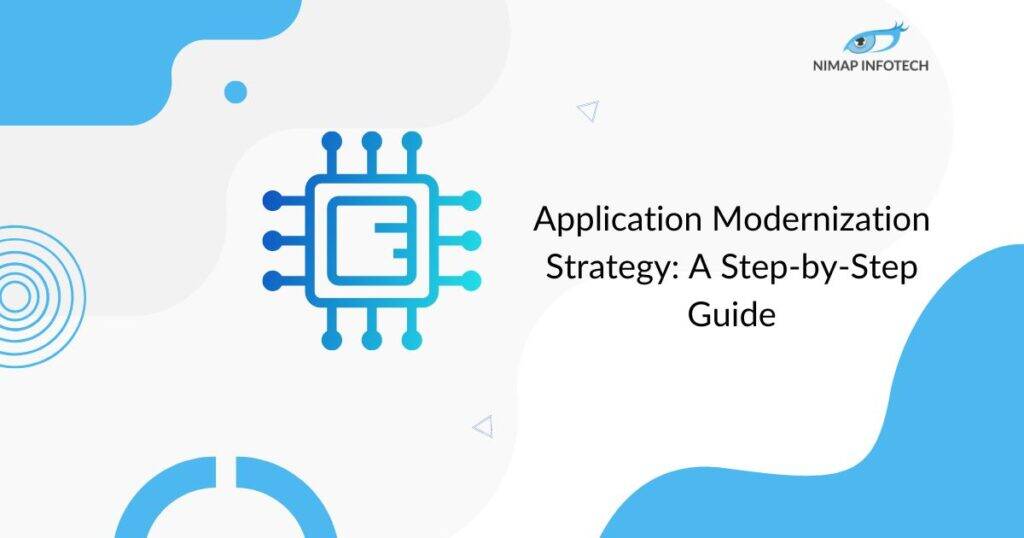
Application Modernization Strategy: A Step-by-Step Guide
Legacy systems that once fueled your business growth can eventually become obstacles to innovation. Around 92% of companies are actively engaged in or planning application
Clients Testimonials



Frequently Asked Questions
What is application modernization?
Application Modernization at Nimap Infotech involves upgrading legacy systems with modern technologies like cloud, microservices, and AI to enhance performance, scalability, and security. We transform outdated applications into future-ready solutions, ensuring business agility and competitive advantage.
What Are the Benefits of Application Modernization?
Application modernization benefits include improved performance, enhanced security, increased scalability, a better user experience, reduced technical debt, seamless integration with new technologies, and alignment with current business needs and practices.
Why Do Organizations Need to Modernize Applications?
Organizations need to modernize applications to improve performance, enhance security, stay competitive, integrate with new technologies, streamline operations, reduce maintenance costs, and adapt to evolving business requirements and user expectations.
What is the Recovery Time Objective of the Application Migration Service?
The Recovery Time Objective (RTO) for application migration services is the maximum allowable downtime during migration. It varies based on business needs but typically aims for minimal disruption and quick recovery.
Why Should I Choose Nimap Infotech for Application Modernization?
Choose Nimap Infotech for application modernization due to our expertise, customized solutions, proven methodologies, focus on performance and security, efficient project management, and commitment to delivering transformative, future-ready applications.










